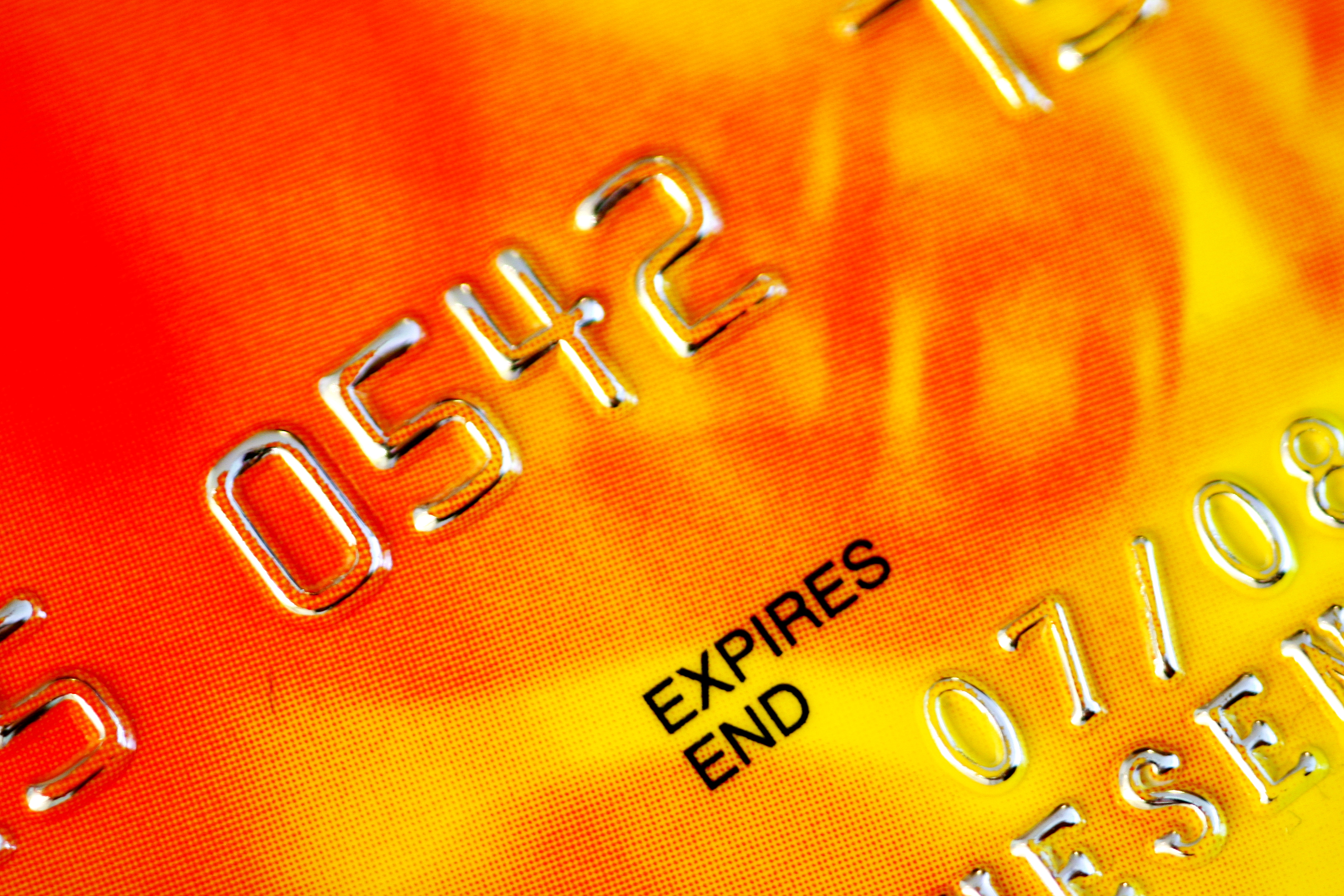Credit Cards & Loans
Top Tips for credit cards and loans

Cards and loans can be a great way to manage your money – if used correctly.
Top credit card mistakes to avoid
Credit card companies will insist you repay a minimum amount each month, typically 2% of the balance. However, if you just pay this amount it will take you a long time – and cost you a lot in interest – to pay off the debt. So make sure you pay more than the minimum each month.
Make sure you don’t miss a payment as this will incur an extra charge. Missed payments can also have an adverse effect on your credit record.
Withdrawing cash from a cash machine using a credit card is a bad idea. Most card issuers now charge a 2% to 3% fee for cash withdrawals and charge interest on cash withdrawals straight away, rather than giving the customer 50 days or more interest free as they do on normal card purchases. Cash withdrawals also attract a higher interest rate than normal purchases.
Using the wrong credit card for long-term borrowing is a lot more expensive than taking out a personal loan. Credit cards typically have an APR of 17-18% while the cheapest personal loans charge about 6%.
Tips for credit card applicants
In general the better your credit rating, the better credit card rate you’ll be offered. You can check your credit report with Experian, Equifax or CallCredit. To improve it make sure you are on the electoral roll, have utility bills in your name and make payments on other credit agreements on time.
It’s important not to apply for lots of credit cards in a short space of time as this will make you look desperate, or possibly fraudulent, and damage your credit rating. So think carefully before making an application.
Be a credit card professional
If you use a credit card correctly it’s possible to pay no interest at all. Credit cards all offer at least 50 days interest-free from the date you make your purchase. Therefore if you pay your bill in full each month, you’ll never pay any interest.
If you already have a large credit card balance consider transferring it to a card which offers a 0% introductory bonus on balance transfers. During the bonus period all your repayments will count towards the capital, not interest.
Choose and use a personal loan
Before you choose a loan, you should have a clear idea of your income and expenditure and be confident you can afford the loan repayments.
It’s important to shop around before choosing a personal loan as rates can vary considerably. In general, the more you borrow the cheaper the interest rate, but don’t let this persuade you to borrow more than you can afford.
Think about whether you want a secured or unsecured personal loan as well as what you would do if you couldn’t afford the repayments. You can take out payment protection insurance (PPI) in case you fall ill or lose your job.
Tips for personal loan applicants
Make sure you check your credit report before you apply. If you have a good credit report you’ll be eligible for the best personal loans.
Don’t borrow more than you need and check you can afford the repayments. Think carefully before buying payment protection insurance (PPI) alongside the loan. You might not need this cover or be eligible to claim. If you do want PPI it’s likely to be cheaper from standalone providers rather than your loan provider.
Don’t apply for too many loans at the same time. A record of each application is left on your credit report (known as a “footprint”), which lenders check before approving a loan. Too many footprints makes you look desperate or as if you have money problems.
Be aware that if you sign up for a secured loan and fall behind on repayments, your home may be at risk. So don’t opt for a secured loan unless you’re 100% sure you can meet your repayments.